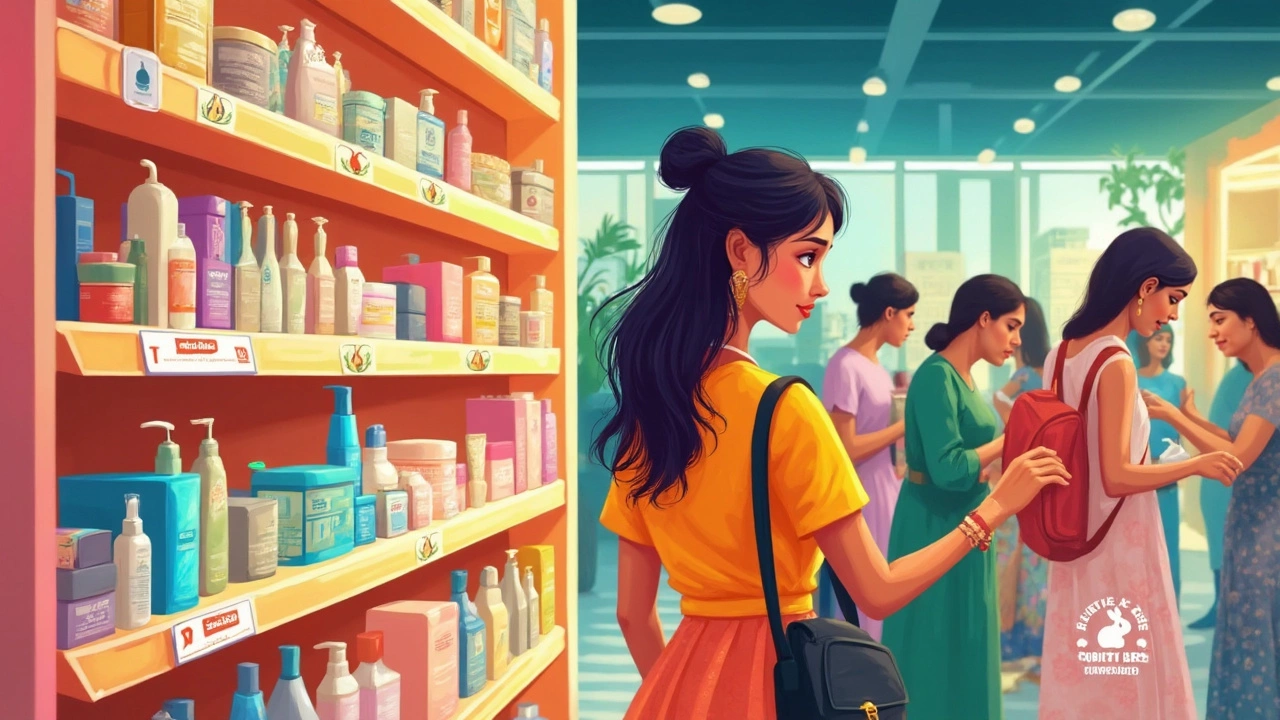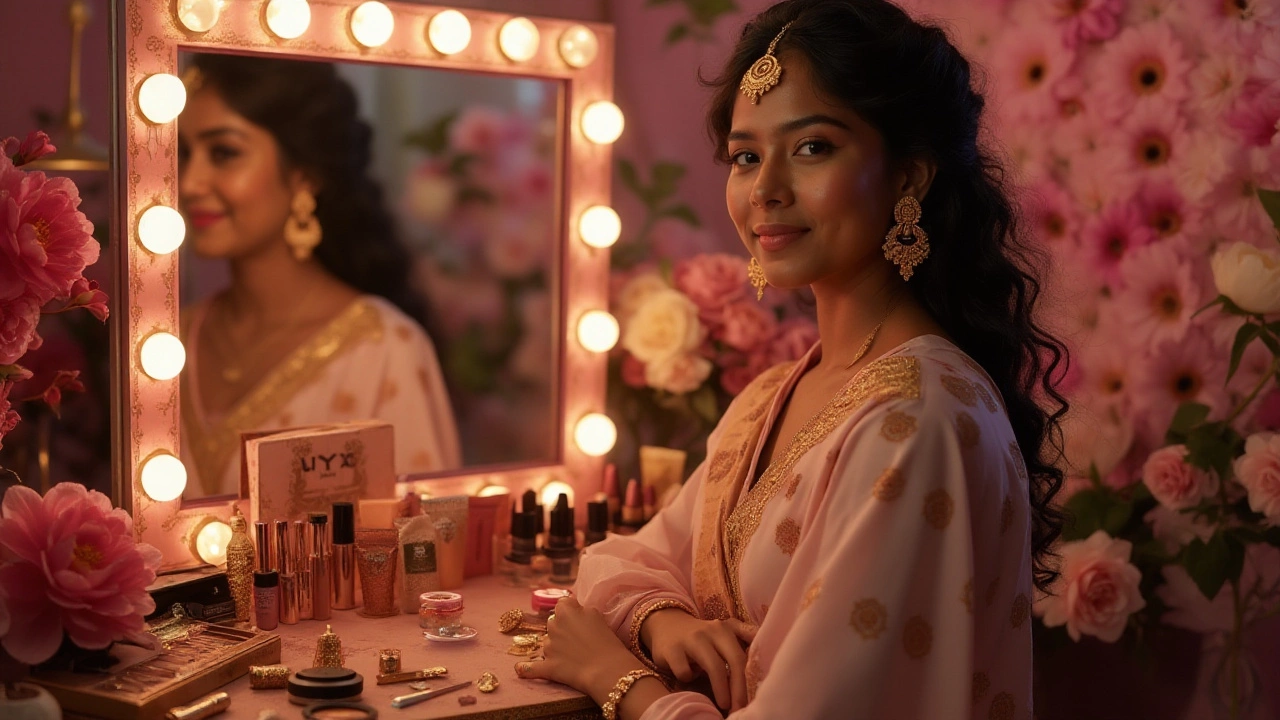Cruelty‑Free Beauty: What It Means and How to Choose
When you pick a product labeled cruelty‑free, you’re saying no to animal testing. It’s not just a buzzword – it’s a real choice that affects labs, manufacturers, and the planet. In this guide we’ll break down why cruelty‑free matters, how to read labels, and which popular brands actually walk the talk.
Why cruelty‑free matters
Most people assume that if a brand is popular, it must be safe for animals. That’s a myth. Many big names still fund or outsource testing to labs that use rabbits, mice, or other creatures. The problem isn’t just ethics; it can also mean harsher chemicals that end up on your skin. Choosing cruelty‑free products reduces demand for these tests and pushes the industry toward safer, lab‑free methods.
Recent reports show a steady rise in consumer demand for cruelty‑free items. Brands that ignore the trend risk losing loyal shoppers. That’s why you’ll see more labels like "Leaping Bunny" or "PETA‑approved" on shelves. These certifications require third‑party audits, so they’re more trustworthy than a simple "not tested on animals" claim.
How to spot truly cruelty‑free brands
1. Look for recognized certifications. The Leaping Bunny logo, the PETA cruelty‑free bunny, and the Vegan Society seal are good signs. Each program has strict rules about testing and supply‑chain transparency.
2. Check the brand’s website. Most companies now have a dedicated page that explains their animal‑testing policy. For example, a recent article on our site examined Clinique’s stance and found that while the brand claims to be moving toward cruelty‑free, it still has some market‑specific exceptions.
3. Read the ingredient list. Some ingredients are banned in cruelty‑free certifications because they’re derived from animal sources. If you’re looking for vegan options, watch out for honey, lanolin, or collagen.
4. Use comparison tools. Our "Top Skincare Brands in 2025" guide ranks brands on cruelty‑free status, price, and performance. It’s a quick way to see which products meet your ethical standards.
5. Trust community reviews. Beauty forums and social media often flag brands that slip up. If a brand gets repeated complaints about hidden animal testing, it’s a red flag.
Brands like Fenty Beauty have openly shared their cruelty‑free certifications, making it easy for shoppers to verify. On the other hand, some legacy brands still have mixed messages. By staying curious and checking the details, you can avoid accidental support of animal testing.
Finally, remember that cruelty‑free doesn’t always mean vegan, and vice versa. If you want both, combine the steps above with a look for the vegan label. With a bit of effort, you’ll build a routine that feels good for your skin and aligns with your values.
Ready to start? Grab a cleanser, a moisturizer, and a lipstick that all carry a trusted cruelty‑free logo. Your skin—and the animals—will thank you.
Is AVEENO Tested on Animals? The Truth You Need to Know
This article answers the big question: does AVEENO test on animals? It explains what cruelty-free really means, where AVEENO stands, and why it gets so confusing. You’ll also find out about alternatives if you want to avoid animal testing. Practical tips are included for anyone who’s trying to make kind choices with their skincare and makeup.
Does Dove Test on Animals? Facts You Need to Know
Many beauty lovers are questioning the ethics behind their favorite brands. This article dives into whether Dove, a popular personal care brand, tests on animals. We’ll explore the company's stance on animal cruelty, its policies, and what the future holds for cruelty-free cosmetics. Learn how Dove addresses the concerns of conscientious consumers and what it truly means for a brand to be cruelty-free.
Does Olay Test on Animals? The Truth Behind Your Skincare Choices
Is Olay truly cruelty-free, or are there hidden practices behind their skincare lines? Dive into the complexities of animal testing in the beauty industry and learn what Olay's stance is today. Discover how Olay has evolved over the years and what it means for conscious consumers. Explore tips on finding genuinely cruelty-free brands and why it matters for animal welfare.
Is All NYX Makeup Truly Cruelty-Free?
Discover the truth behind NYX's commitment to providing cruelty-free makeup. As consumers seek ethical alternatives in the beauty industry, we delve into NYX's practices, affiliations, and certifications. Learn the importance of cruelty-free cosmetics, the role of animal testing, and how NYX positions itself in this ethical movement. Equip yourself with the knowledge to make more informed beauty choices while exploring the allure of NYX's offerings.
Is Burt's Bees Truly Cruelty-Free? Discover the Truth About Their Practices
Burt's Bees presents itself as an eco-conscious brand, but the question of whether it is truly cruelty-free continues to spark debate among consumers. This article explores Burt's Bees' animal testing policies and cruelty-free certification. We delve into their supply chain and production practices to determine if they align with their cruelty-free claims. Insightful tips on identifying cruelty-free brands are also provided.





 Hair Care
Hair Care